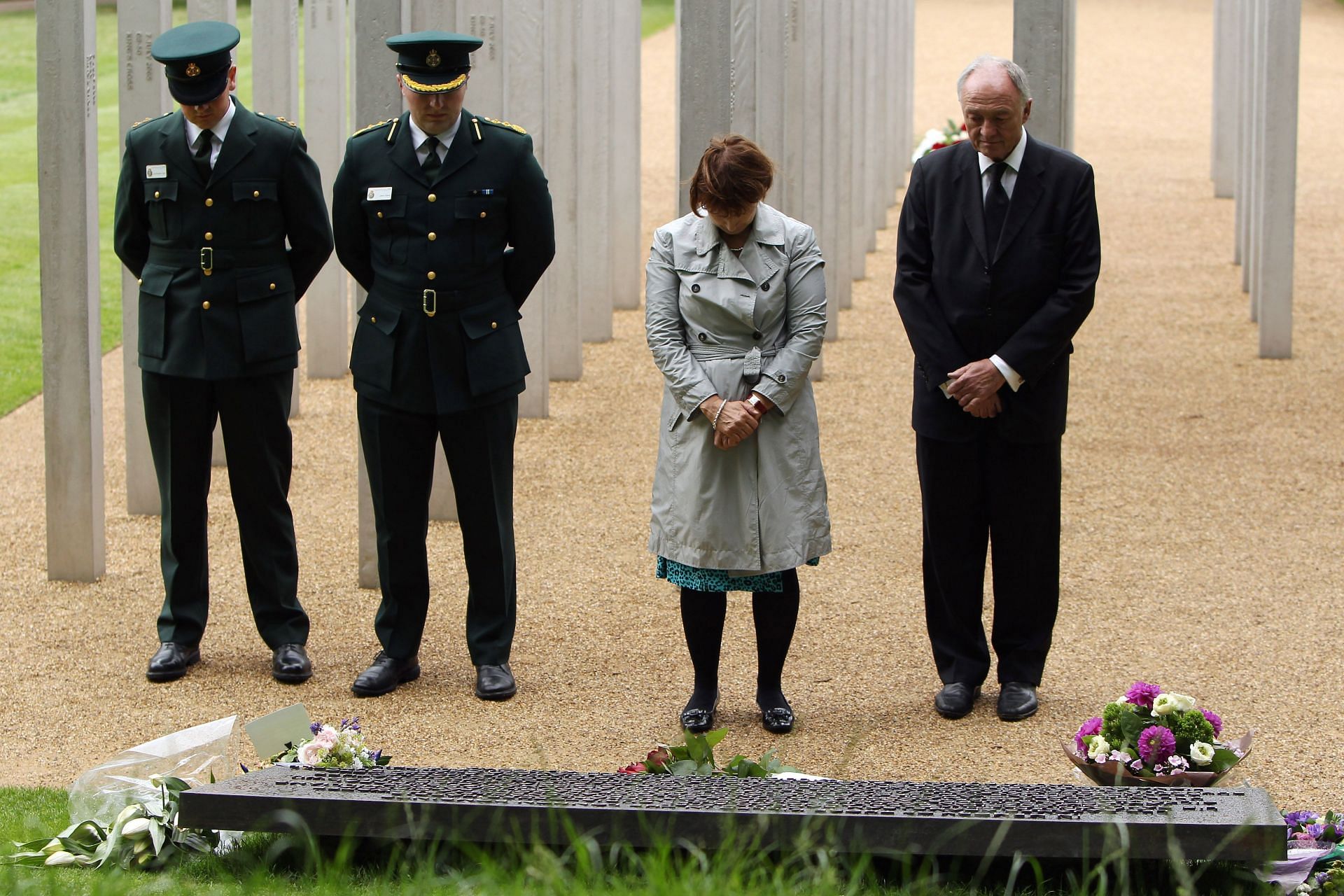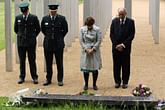Who were the attackers from Attack on London: Hunting the 7/7 Bombers? Explained

The Netflix docuseries Attack on London: Hunting the 7/7 Bombers drops worldwide on July 1, 2025, in a single four-episode batch. All four episodes arrive at 12 am PT, giving viewers an uninterrupted look at one of Britain’s worst terrorist strikes since Lockerbie.
Directed by Liza Williams, Attack on London: Hunting the 7/7 Bombers is produced by The Garden Productions, with executive producers Zac Beattie and Flavia Taylor overseeing a narrative built from first-person interviews and previously unseen police evidence.
Beneath the minute-by-minute manhunt, Attack on London: Hunting the 7/7 Bombers states that the four young men who carried rucksacks into London’s transport network on July 7, 2005, were Mohammad Sidique Khan, Shehzad Tanweer, Jermaine Lindsay, and Hasib Mir Hussain.
Attack on London: Hunting the 7/7 Bombers attackers: a concise profile
Attack on London: Hunting the 7/7 Bombers names Mohammad Sidique Khan, Shehzad Tanweer, Jermaine Lindsay, and Hasib Mir Hussain as the perpetrators. All four travelled from Leeds to Luton by car in the early hours, then took a commuter train to King’s Cross before splitting up. They carried homemade peroxide-based devices.
- Khan, a former primary-school mentor from Beeston, detonated his bomb on the Circle line between Edgware Road and Paddington, killing seven people.
- Tanweer, once a prize-winning athlete who helped at his family’s fish-and-chip shop, exploded his device near Aldgate, taking eight lives.
- Lindsay, a Jamaican-born convert living in Aylesbury, set off his bomb between King’s Cross and Russell Square, causing 27 deaths.
- Hussain, reportedly failed to board his intended Northern line train and wandered above ground before blowing up a No. 30 bus in Tavistock Square, killing 14.
Home Secretary Charles Clarke described the quartet as “cleanskins” who were previously unknown to counter-terror officers, as per The Guardian report dated April 30, 2007. The term explains why detectives initially struggled to link the bombers to any wider Al-Qaeda network.
Insight into each bomber
1) Mohammad Sidique Khan: As per The Guardian report dated September 2, 2005, in a posthumous video aired by Al Jazeera, Khan justified mass murder.
“We are at war and I am a soldier. Now you too will taste the reality of this situation,” he said.
The tape placed Britain’s foreign policy at the heart of his grievance.
2) Shehzad Tanweer: Tanweer returned early from a Qur’an course in Pakistan, according to his uncle Bashir Ahmed, as reported by The Guardian report dated July 14, 2005.
“He came home after three months because he didn’t like the people there,” he said.
3) Jermaine Lindsay: Born in Jamaica, Lindsay converted to Islam and took on the name Jamal. As per the 7 July Review Committee Report, he was said to have been disciplined at school for handing out leaflets supporting Al-Qaeda. He also reportedely drew inspiration from fellow Jamaican convert Abdallah al Faisal, an extremist preacher.
4) Hasib Mir Hussain: A neighbour recalled his family as “very, very nice people,” reflecting community shock at Hussain’s role, as per The Guardian profile dated July 13, 2005. He was described as a "slow, gentle giant" by his tutors, according to a July 20, 2025, report by Yorkshire Post.
How the bombers met and planned, explored ahead of the Attack on London: Hunting the 7/7 Bombers
Investigators believe the men bonded at gyms and prayer circles in Beeston, West Yorkshire. Surveillance footage captured all four arriving at King’s Cross around 8:26 am on the attack day, backpacks visible.
Forensic teams later matched each device to a shared bomb-making location. As per the official 7 July Review Committee Report (2006), Hussain’s driving licence fragments provided the breakthrough that led police to Leeds raids.
Attack on London: Hunting the 7/7 Bombers reconstructs these links with CCTV overlays and detective diaries. The series also shows that Khan and Tanweer appeared briefly in MI5 files during a separate fertilizer-bomb inquiry in 2004 but were deemed peripheral.
Stay tuned for more updates.




